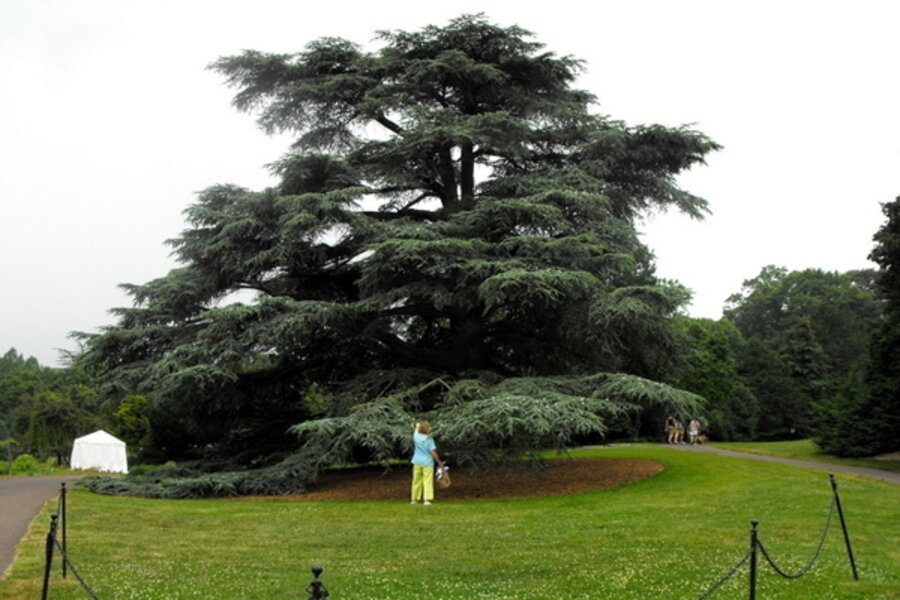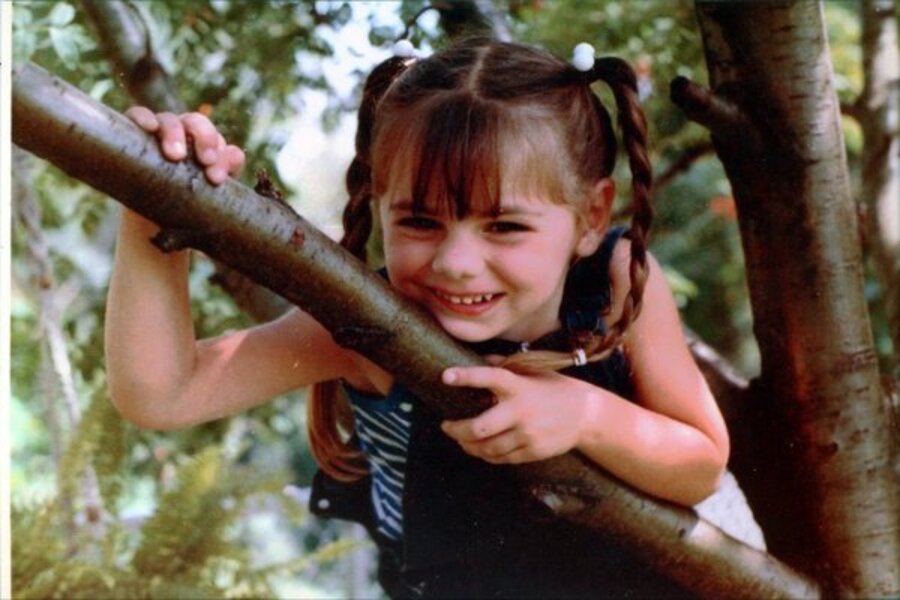Thoughts about trees for Arbor Day and all year-round
Loading...
“A society grows great when old men plant trees whose shade they know they shall never sit in.” Greek Proverb
Americans have a love affair with trees. I’m not talking about just planting them, I’m talking about how we treasure our trees, especially the old ones that mark that spot in time, that place in history that makes it seem so alive for us.
Historic trees
There are the beautiful beeches with their elephant’s foot-like trunk carved with the initials of lovers from long ago. Trees that have stood watch over events in our history include Thomas Jefferson’s tulip poplar (Liriodendron tulipifera) outside his bedroom window at Monticello, the 320+ year-old London plane tree (Platanus occidentalis) overlooking Brandywine (Pa.) Battlefield, descendants of Johnny Appleseed trees that live on, the swamp white oak (Quercus bicolor) that witnessed the bloodiest battle of the Civil War at Gettysburg, and the Survivor Tree in Oklahoma City.
The Survivor Tree is an American elm (Ulmus americana), one of our more majestic trees. I visited Oklahoma City a few months after the bombing, stunned by the destruction and yet the tree was still standing: scarred, with branches missing, but pushing out new growth as if it were saying, “I stand here to remember those lost.”
Last year I had occasion to visit the memorial area again, and the tree is still going strong, a monument to its strength and ours.
Arbor Day activities
As national Arbor Day (April 29 this year) approaches, there are events scheduled all over the country to commemorate the day, mostly with tree plantings. You don’t have to participate in an event to plant a tree, just simply buy one that will be suitable for your property. Small lot = small tree. Acreage = large tree.
Plant a tree for your children to hide under or climb. At our first home, we planted a sapling that was the descendant of a tree that my grandfather Rosario Scalise planted when he came to Pittsburgh from Italy in the late 1800s.
The sapling grew into the perfect climbing tree that my daughter Regan started to climb when she was just 3 [see second photo above; click on arrow at right base of first photo]. Many a summer day was spent in that tree, hiding among the leaves. Unfortunately it succumbed to disease and had to be removed. Even though my daughter was getting too big to climb it, she fought and cried with us to leave it alone in case it came back to life.
If don’t have room for a tree, consider donating to a park or conservation group that plants trees in your community.
And if you like, you can go out into your community and look for the old trees, a barometer of your town when it was young. Bring the kids along to let them learn how the trees have grown. Measure them so you can place them at a moment in time. It’s a way to teach your children or yourself a little history and have fun outdoors at the same time.
How to estimate the age of a tree
Big doesn’t necessarily mean old. Willow trees are notorious for growing leaps and bounds in just a few years, so it is difficult to estimate their age. There are a few methods to approximate the age of a tree without cutting it down and counting the rings. One is called measuring at CBH or circumference at breast height. This method allows you to identify the general age of a tree but not the exact age. (It may be off a few decades, taking into account environmental conditions)
Here's how to do it:
1. Measure the tree’s circumference in inches 4-1/2 feet above ground level.
2. Determine the diameter by dividing the circumference by 3.14.
3. Multiply the diameter in inches by the appropriate factor listed below to determine the estimated tree age.
Tree species factor
Abies concolor, White fir 7.5
Acer rubrum, Red Maple 4.5
Acer saccharum, Sugar Maple 5.5
Carya ovata, Shagbark hickory 7.5
Fagus grandifolia, American Beech 6
Fagus sylvatica, European Beech 4
Gymnocladus dioicus, Kentucky coffee tree 3
Liriodendron tulipifera, Tuliptree 3
Pinus strobus, White Pine 5
Quercus alba, White Oak 5
Quercus palustris, Pin Oak 3
Quercus shumardii, Shumard oak 3
Tilia Americana, American Basswood 3
Ulmus Americana, American Elm 4
To receive Monitor recipes weekly sign-up here!
-----
Denise Schreiber is the Mrs. Know It All of “The Organic Gardeners” on KDKA Radio and “Ask the Expert” for Pennsylvania Gardener magazine. Her new book, "Eat Your Roses," will be published soon. Click here to read her previous article at Diggin' It.






